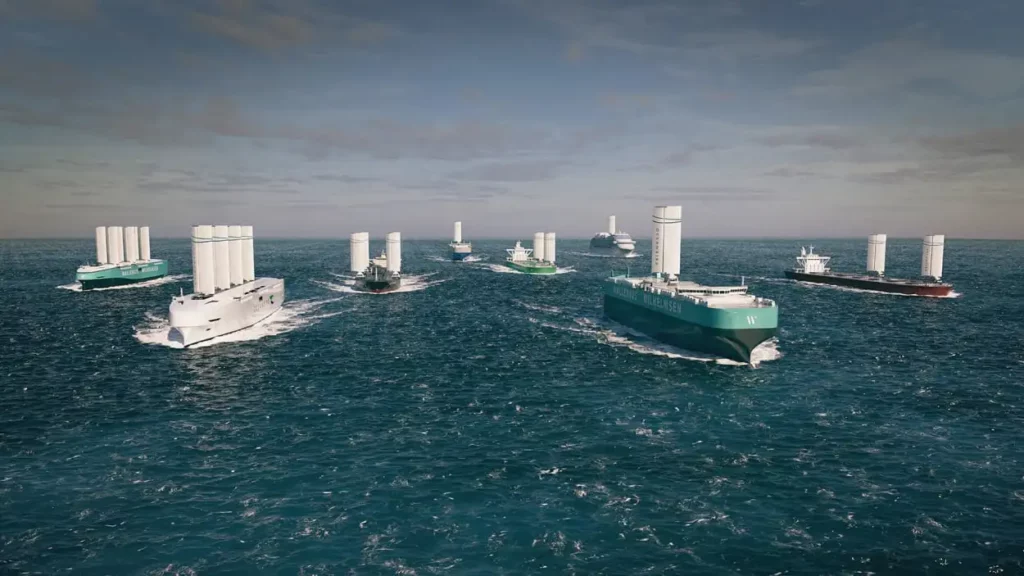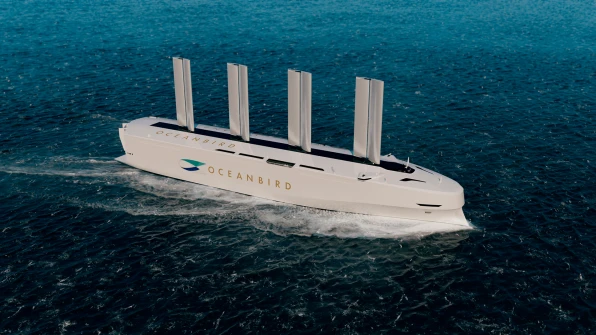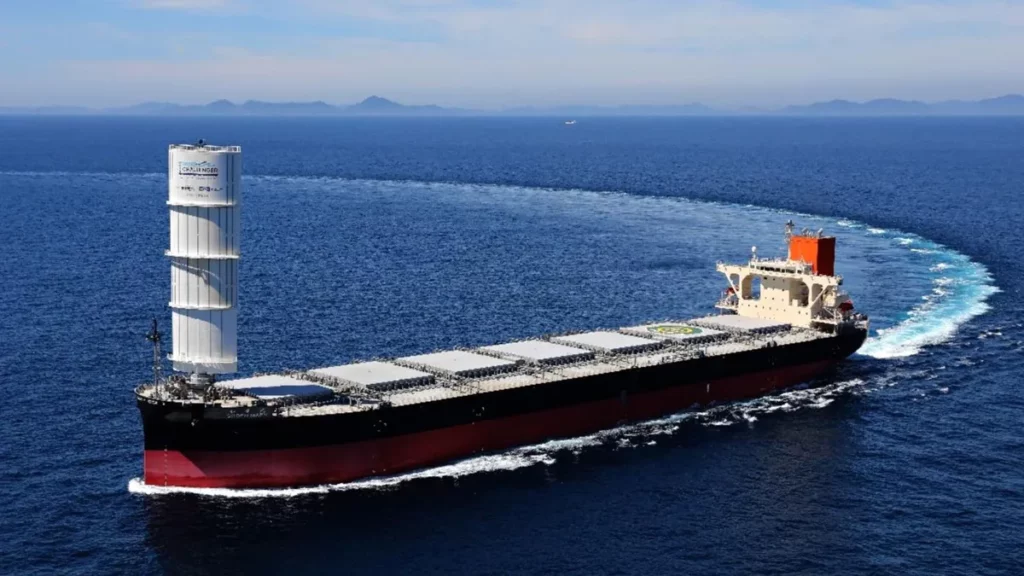
Throughout history, sailing has helped civilizations to develop as people sailed across oceans to settle in new areas or trade with others. But the introduction of the steam engine, and later the internal combustion engine, virtually swept away sailboats from the ocean. Sure, many of them are still in use, but they’re more of a hobby like yachting, much like some people still enjoy a ride in a horse-drawn carriage.
But you might be surprised to learn that sails are making a comeback in an industry where they haven’t been used since the late-19th century: global cargo shipping.
Turning back the clock: it’s time to hoist sails again

In a much-welcomed historic move, the International Maritime Organization (IMO) set out in 2018 to halve shipping emissions by 2050. However, Climate Action Tracker reports that halving emissions is not enough to prevent global warming from exceeding the 1.5 degrees Celsius limit set by the Paris Agreement. To meet this target, the shipping industry would have to generate net zero emissions by 2050.
Currently, the shipping industry emits one billion tons of carbon dioxide, accounting for almost 3% of global greenhouse gas emissions. That’s a challenging amount of carbon to offset, especially since cargo shipping occupies such a central role in our lives. Just look at how much trouble we’ve had because of the supply chain crisis — as a consequence of the COVID-19 pandemic and the ongoing 2022 Russian invasion of Ukraine — which has led to severe goods shortages and economic downturns.
Many look towards new technologies to solve some of the hardest climate problems, and they’re not wrong. However, you might be surprised to learn that, at least in this instance, we’re talking about a bit of tech that can trace its roots thousands of years ago and whose operating principles haven’t changed one bit.

Many shipping companies are now investing in wind propulsion technology. MOL, the Japanese bulk carrier, operates a wind-assisted ship called the Wind Challenger. Cargill, the US food giant, works with Olympic sailor Ben Ainslie to deploy WindWings on its routes. Swedish shipping company Wallenius aims to use the 200-meter-long Oceanbird ship with a capacity of carrying 7,000 cars to cut emissions by up to 90%. Meanwhile, the French start-up Zephyr & Borée has built the 120-meter-long Canopée, which will transport parts of the European Space Agency’s Ariane 6 rocket to French Guiana this year.
Wind power reduces the need for fossil fuels and alternative fuels and helps to extend our dwindling carbon budget. The use of alternative fuels also requires significant investment and space for new infrastructure, but the wind is always readily available and free. According to simulations, sails can provide anything from 10% to 90% of the power that a ship needs, even if it has to haul over 200,000 tons of cargo.
Of course, there are some tradeoffs. Oceanbird, which is supposed to come into service in 2024, will take about 12 days to cross the Atlantic, compared to just 8 days for a conventional cargo ship entirely powered by fossil fuels. Sail-powered cargo ships also cost more than conventional carriers, but operating costs could be lower in the long run.
Skeptics might argue that wind propulsion technology is not reliable and that sails cannot work on all types of ships. However, the trade winds that powered globalization centuries ago remain stable at sea. Improved weather forecasting and routing software have made sailing a more predictable mode of transport.
Although not all types of ships can use sails, significant engineering and materials science innovations make wind propulsion much more efficient than at the turn of the last century. For instance, MOL’s bulk carrier has a telescopic sail made of fiberglass rather than the cotton of the days of yore at sea. If it’s a particularly low wind day in port, the ship can always switch to its engines — no one is suggesting building cargo ships entirely powered by sails.
The trend towards using wind power on cargo ships represents a significant departure from the use of fossil fuels. However, progress is very slow because established shipyards are too conservative and are unwilling to risk betting on wind power. This means braver startups and manufacturers have to first demonstrate the long-term cost-effectiveness of this method before we see ports stacked with tall sails like it’s 1764 again.


